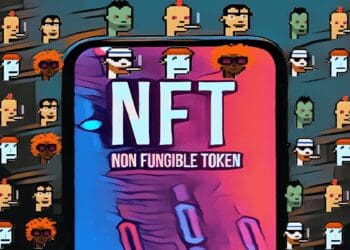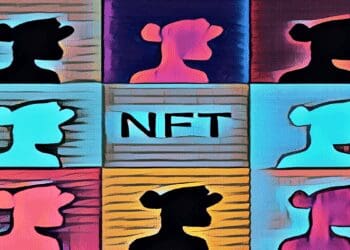Bitcoin Runes, a recently launched NFT protocol, has recorded an impressive 15.6 million transactions and generated $162.4 million in fees in just four months. This performance highlights its potential impact on the long-term NFT market.
Bitcoin Runes Emerges as a Leading NFT Protocol
Launched in April 2024, Bitcoin Runes has quickly made its mark in the digital asset space, becoming a dominant force within the NFT sector. The protocol recorded a staggering 15.6 million transactions in just four months, bringing in $162.4 million in fees. This remarkable performance underscores the growing interest and activity in the NFT market on the Bitcoin blockchain.
Initially, Bitcoin Runes experienced a massive surge in transactions, particularly during its first two months. According to data from Dune Analytics, the protocol often saw daily transaction volumes exceeding 300,000, with a peak on April 23 when over one million transactions were recorded in a single day. On that day alone, Bitcoin Runes accounted for an astonishing 81.3% of the total bandwidth on the Bitcoin network.

Shift in Transaction Dynamics as Bitcoin Reclaims Dominance
However, the initial frenzy around Bitcoin Runes has cooled down in recent months. The daily transaction volume has decreased to an average of 50,000, signalling a shift in network dynamics. While Runes initially dominated daily transactions on the Bitcoin blockchain, Bitcoin itself has gradually reclaimed its network dominance.
Since mid-July, Bitcoin transactions have consistently accounted for approximately 90% of network activity, with the remaining 10% split among other protocols, including Ordinals, BRC-20 tokens, and Bitcoin Runes. This shift indicates a rebalancing of the network as the initial excitement around Runes begins to stabilize.
The Rise of Bitcoin Inscriptions and Market Opportunities for Runes
Bitcoin Runes was introduced as an efficient successor to Bitcoin Ordinals and a competitor to BRC-20, gaining favour among many investors. Over the past four months, Runes frequently outpaced BRC-20 in daily transaction share, with BRC-20 outperforming Runes on only 13 occasions. The breakdown of the 15.6 million Runes transactions reveals that mints accounted for over nine million transactions, while edicts and etchings made up 6.5 million and 91,500 transactions, respectively.
Despite the recent slowdown, the future remains promising for Bitcoin Runes. Pseudonymous decentralized finance researcher Ignas suggests that the real market opportunity for Runes may emerge in the coming months. He noted that certain projects like Runestone, RSIC, and PUPS are already gaining traction, with anticipation building around potential Rune token airdrops. However, Ignas also cautioned that, much like the NFT frenzy that followed the initial JPEG reveal, the market could experience a cooling-off period.
In response to this evolving landscape, Bitcoin layer-2 network Stacks is preparing to launch a trading solution for Runes, BRC-20s, and Ordinals inscriptions. This move could further enhance the trading and liquidity opportunities for these digital assets, potentially driving renewed interest and activity within the Bitcoin Runes protocol.













Discussion about this post